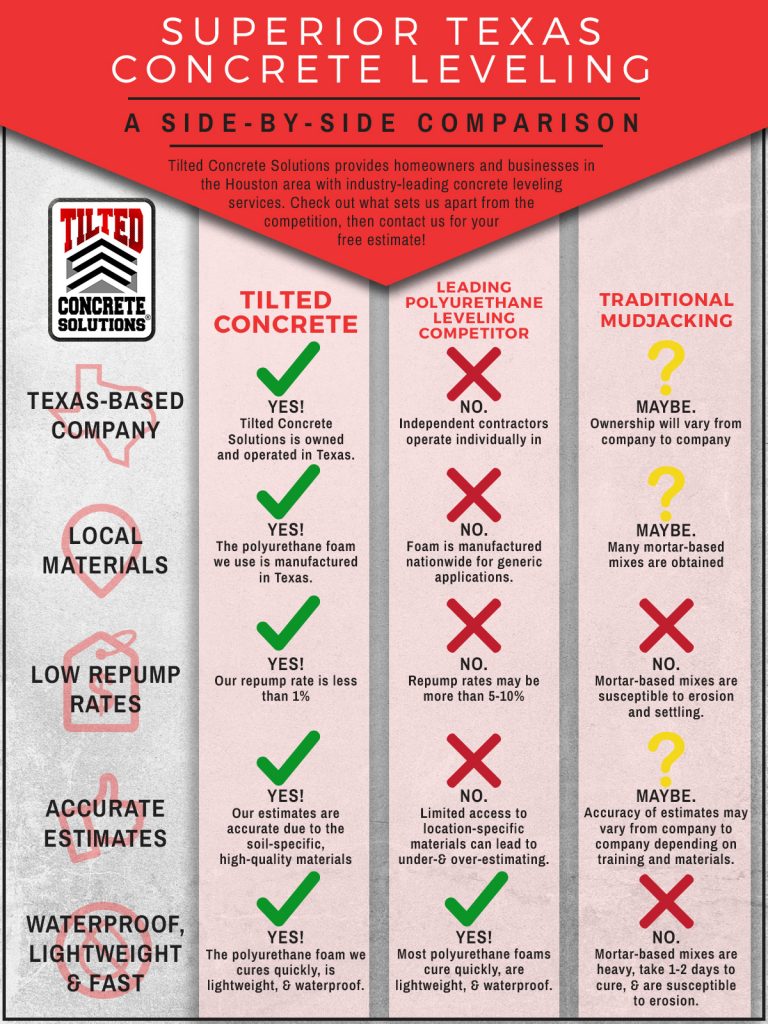Seasonal Considerations For Business Exterior Painting: What You Need To Know
Seasonal Considerations For Business Exterior Painting: What You Need To Know
Blog Article
Short Article Composed By-McLamb Whalen
When you're preparing a commercial outside painting task, seasonal variables can make or break your results. You'll wish to take into consideration just how temperature and moisture impact paint application and drying out times. Picking the appropriate season can ensure your paint sticks correctly and lasts longer. Yet which periods are genuinely the very best for this kind of job? Let's discover the key elements that can affect your project's success.
The Effect of Temperature Level on Paint Application
When you're planning a business exterior painting project, the temperature level can substantially impact just how well the paint sticks and dries out.
Preferably, you wish to paint when temperature levels vary in between 50 ° F and 85 ° F. If it's too chilly, the paint might not treat appropriately, bring about problems like peeling or splitting.
On the flip side, if it's also warm, the paint can dry out also quickly, preventing correct bond and leading to an unequal coating.
You ought to additionally think about the moment of day; morning or late afternoon uses cooler temperatures, which can be much more favorable.
Always inspect the maker's recommendations for the details paint you're using, as they usually offer guidance on the ideal temperature range for ideal results.
Humidity and Its Effect on Drying Times
Temperature level isn't the only ecological element that influences your business exterior painting task; humidity plays a significant duty as well. High moisture degrees can decrease drying out times considerably, impacting the overall quality of your paint task.
When the air is saturated with moisture, the paint takes longer to cure, which can bring about issues like poor attachment and a greater danger of mold development. If you're re painting on an especially moist day, be gotten ready for extensive delay times in between layers.
It's vital to keep track of regional weather and strategy appropriately. Ideally, go for moisture levels between 40% and 70% for ideal drying.
Keeping these factors in mind guarantees your task stays on track and provides a long lasting coating.
Best Seasons for Commercial Exterior Painting Projects
What's the best season for your commercial outside painting projects?
Spring and early fall are normally your best choices. Throughout these seasons, temperature levels are moderate, and moisture degrees are often lower, creating perfect conditions for paint application and drying.
Avoid summer's intense heat, which can create paint to dry as well quickly, causing inadequate bond and surface. In a similar way, winter season's cold temperature levels can prevent correct drying and healing, running the risk of the long life of your paint job.
Aim for days with temperature levels in between 50 ° F and 85 ° F for ideal outcomes. Keep in Read More Listed here to inspect the neighborhood weather forecast for rain, as wet conditions can wreck your job.
Planning around these factors ensures your painting project runs efficiently and lasts much longer.
Verdict
To conclude, planning your commercial outside paint tasks around seasonal factors to consider can make a significant difference in the result. By organizing work throughout the excellent temperatures and humidity degrees, you'll make certain far better attachment and drying times. Remember to watch on regional weather report and select the right time of year-- spring and very early fall are your best options. Taking these steps will certainly assist you attain a durable and expert coating that lasts.
